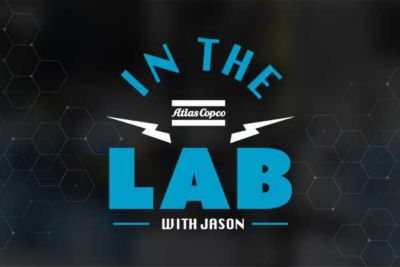The manufacturing industry is changing over time. Right now, one of the most rapid changes is automating manual processes. Automated production lines allow for the greatest amount of control on assembly lines. This can help the manufacturing industry improve the production process to ensure the maximum amount of productivity in the factory is achieved.
When you partner with Atlas Copco, we’ll help you in the transition to smart integrated assembly of today and the future by having our team of automation specialists come to walk your line to look into how Atlas Copco solutions can be implemented to automate your operation.
Some general things we look for when walking a customer’s line:
Ergonomic and safety conditions
Confined footprint for specific automation
Cycle time issues
Part variability rework conditions

The Opportunity
During a walk the line, our team noticed some ergonomic and safety issues as well as there being floor space constraints and labor inefficiencies. They identified a manual assembly process that could improve ergonomics, safety, quality, and process improvements.
The Solution
In this drive axle application, Atlas Copco offered a collaborative assembly process that solved the main issues with the manual process and added a cobot-tightening solution that improves quality and throughput. The use of mechatronics, vision guidance, and safety sensors with the tightening-centric collaborative robot achieved all expectations from the customer.
The issues with manual applications make Drive Axle Assembly a great candidate for production line automation. Atlas Copco’s automatic drive and axle solution is a turnkey tightening cell including full tightening control, cobot, VISION system, mechatronics, and safety perimeter sensors.
To secure this customer’s drain plug, the drive axle automated solution includes a cobot system, tightening systems, and VISION system made up of the following products:

By automating the customer’s process and implementing the automatic drive axle solution, we were able to overcome torque reaction to reduce operator inconsistency, work height barriers to reduce downtime, allow operators to safely focus on starting fasteners as the Cobot system performs the fastening, and the solution was small enough to fit the allowed footprint.
We were able to overcome all station barriers and improve the customer’s quality and production.
If you’re interested in learning more about Atlas Copco’s tightening-centric automation, contact us to schedule a demo today!






